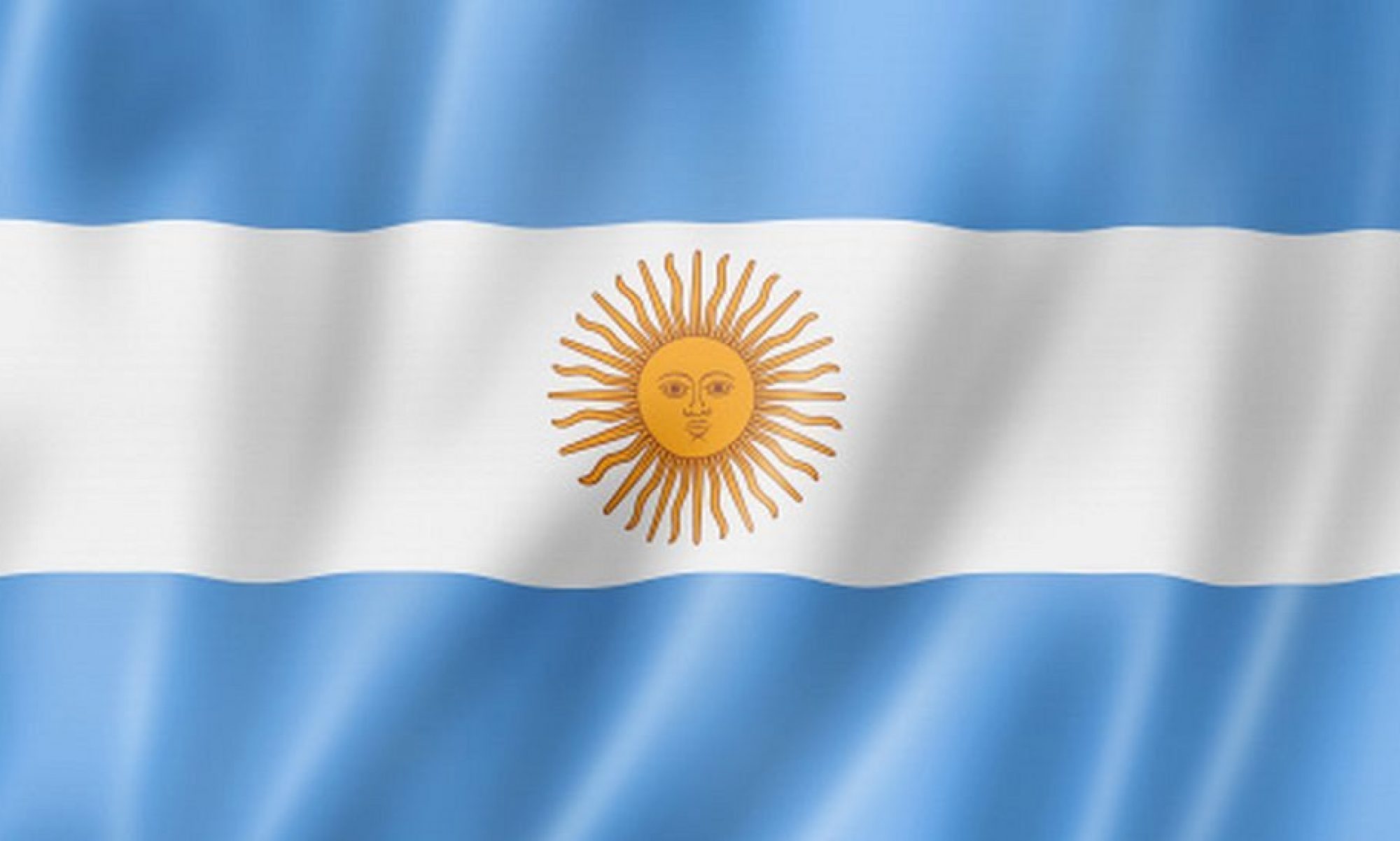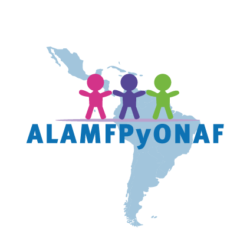The Game Design Process: From Concept to Launch on Mine Island
When it comes to creating a new casino game or slot machine, the process can be both exciting and daunting. A game’s success hinges on its design, mechanics, and overall player experience. In this article, we’ll delve into the game design process, highlighting key steps involved in transforming a concept into a fully-fledged game. Our case study is Mine Island, a popular online slot machine developed by NextGen Gaming.
Conceptualization
The journey begins with conceptualization – defining the core idea and purpose of the game. mineislandapp.com This involves identifying target audiences, their preferences, and market trends. For Mine Island, the concept centered around an underwater adventure theme, inspired by the world’s most famous mine discoveries. The team aimed to create a unique blend of exploration, excitement, and rewards.
Research and Analysis
Before designing the game mechanics, the development team conducts extensive research on the target audience’s behavior patterns, preferences, and demographics. This information is used to inform design decisions, ensuring that the final product meets player expectations. For Mine Island, market analysis revealed a growing interest in online slots with innovative features and high-reward potential.
Game Mechanics Design
The game mechanics are the foundation of any casino game or slot machine. This stage involves designing the core gameplay elements, such as:
- Game structure: Determine the number of reels, paylines, and betting options.
- Symbols and features: Develop unique symbols, bonus rounds, and free spin mechanics that align with the theme and concept.
- Payout tables: Create a balanced payout system, considering player win frequencies and reward values.
For Mine Island, the team designed a 5-reel slot machine with an innovative " Dig Site" feature. Players could choose from various dig sites to reveal hidden rewards or bonus rounds.
Art and Audio Design
The game’s visual appeal and audio design play critical roles in engaging players and creating an immersive experience. The art team focuses on:
- Visual style: Develop a distinct, themed artwork style that resonates with the target audience.
- Animation and graphics: Create smooth animations, transitions, and effects to enhance gameplay.
For Mine Island, the art team crafted vibrant underwater environments, incorporating realistic ocean creatures and dynamic lighting effects to transport players into the game world.
Testing and Iteration
The development process involves multiple iterations of testing and refinement. This stage ensures that the final product meets quality standards and provides an enjoyable experience for players. The team conducts:
- Alpha testing: Initial playtesting to identify major issues or bugs.
- Beta testing: Comprehensive testing with a smaller audience to gather feedback and iterate on design decisions.
For Mine Island, extensive beta testing revealed areas for improvement in the game’s balance and reward structure.
Certification and Compliance
Once the game has completed the development cycle, it must undergo certification and compliance procedures. This involves:
- Technical testing: Ensuring that the game meets specific technical requirements and standards.
- Regulatory compliance: Obtaining necessary licenses and certifications to operate in various jurisdictions.
For Mine Island, the team collaborated with regulatory bodies and independent testing laboratories to ensure compliance with industry standards and local regulations.
Launch and Post-Launch Evaluation
After completing all design, development, and certification stages, the game is ready for launch. The marketing team promotes the game through various channels, including social media, online advertising, and affiliate partnerships.
Following the game’s release, the development team analyzes player feedback, reviews, and performance metrics to identify areas for future updates or improvements.
Mine Island’s Success Story
Since its release in 2014, Mine Island has garnered significant attention within the iGaming community. The game’s innovative Dig Site feature and high-reward potential have contributed to its enduring popularity among players. Regular updates and new features, such as the introduction of a "Jackpot" progressive bonus, have ensured the game remains competitive in the market.
Conclusion
The game design process on Mine Island demonstrates that creating a successful casino game or slot machine requires careful planning, attention to detail, and ongoing iteration. By understanding player preferences, incorporating innovative mechanics, and balancing gameplay elements, developers can craft engaging experiences that captivate audiences worldwide. As the gaming industry continues to evolve, it’s essential for designers and developers to stay adaptable, open to feedback, and committed to delivering exceptional products.
Appendix
- A comprehensive game design document (GDD) outlining Mine Island’s concept, mechanics, art style, and technical requirements.
- Examples of player reviews, ratings, and testimonials highlighting the game’s popularity and player satisfaction.

